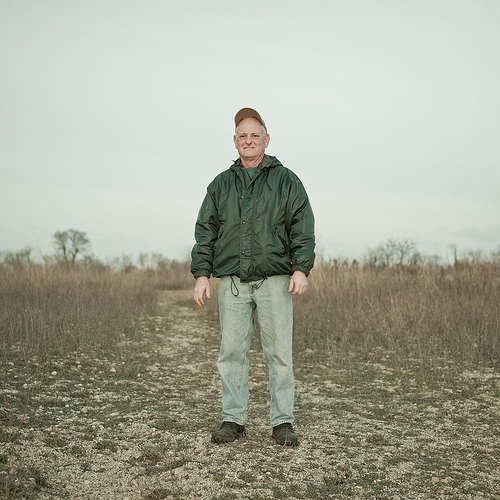Retirement Communities: An Investment for an Ageing Australian Population
In Australia, the median population age is growing each year. As such, many smart investors are looking toward the future as an opportunity to become involved in a burgeoning market. For a relatively low initial investment, even a first time investor can easily find himself sitting on a rental unit in a retirement village yielding cash flow positive income on rentals.
As such, many individual investors are looking to break into real estate for the first time. These neophyte investors are now looking at retirement communities or ‘villages’ as investment. They are looking not only in a property which may yield some rental value in the interim but may be either usable by the individual in the future or provide a reasonable return on investment when it comes time to sell.
A Look into Retirement Communities
Retirement communities feature well-maintained amenities and community facilities which are constantly updated and serviced by paid staff members, often at a (relatively) small fee to the owner or occupier. This speaks to the steady appreciation of property value.
In Australia, the high-end communities offer rental units to independent seniors and are largely managed by large real estate companies or investment banks. This type of management can be a barrier to acquisition in some cases but it also speaks to a high level of maintenance and value over time. Although the price of such a property is not likely to go high between investment and retirement, it is likely to experience a slight but steady increase in value over time and a solid capital gain upon sale.


“On this land will rise a magnificent retirement community”. Retired by Raymond Larose, on Flickr. This work is licensed under a Creative Commons Attribution-NonCommercial-NoDerivs 3.0 Unported License.
Using Retirement Communities as an Investment
The ideal investment for many people in this situation would be a unit (or units) in a retirement village featuring independent living units. These communities may feature purpose-built condominiums, independent home units or apartment units for relatively independent individuals. Note that extra assistance or home care may be provided as part of an “add-ons” package available through the community organization. The majority of these units are owned by investors but much of the guesswork is taken out with in-house property management. The management bears the bulk of the leasing and upkeep within the village, where units are let under normal residential tenancy agreements.
As the population in Australia gets older, the range of potential retirement investment properties widens with the most expensive units having the price tag in multi-millions of dollars. A solid investment unit, however, should fall between $100,000 and $200,000. Obtaining financing may not always be as easy compared to a regular family home, given the nature of the investment. This trend will likely to change as time passes and upscale retirement complexes become more commonplace.
First Steps in Investing
The best way to begin sourcing an investment is to pay a visit to several communities and making sure they vary on the socio-economic scale for the local area. Speak to management and determine the type of contract between the management company and the community. This is very important because changes in management and its frequent managerial changes can lead to inconsistency in terms of property care and trouble when re-sale comes in the future. Management companies, such as Taylors, also serve to liaise between yourself and future investors since real estate agents often do not factor into such property transactions. Treat the choice of which management as just as important, if not more so, as the unit itself.

